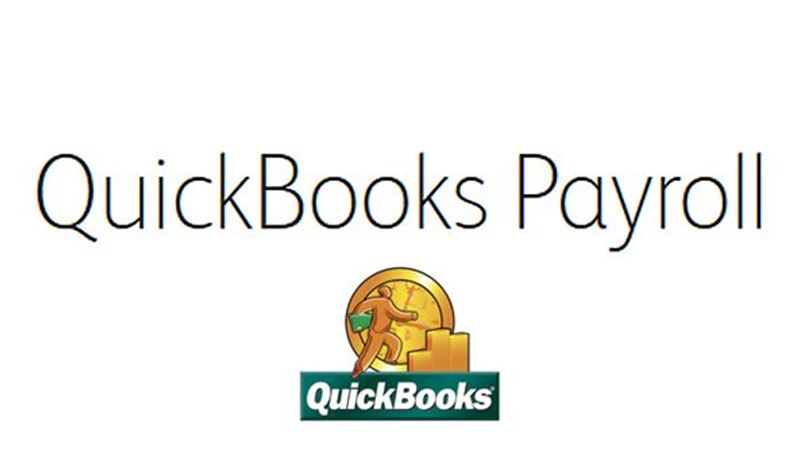- Delivery Method Online
- Professional Certificate
- 24hrs Suggested Study Time
- 3 Months Access
- Tutor Support
- Study On Any Device
- 142 Students
Completing Payroll in QuickBooks 2014

Learn how to use QuickBooks 2014 to create paychecks, pay taxes, generate forms, and produce dazzling reports.
Preparing payroll in any small business can be a daunting task. Whether you have one employee or 20, the federal and state requirements are often the same! However, by using the payroll feature in QuickBooks 2014, you can master efficient techniques for creating paychecks, paying taxes, and generating forms and reports quickly and easily.
You'll start by learning how to prepare for the payroll process by finding the information you need on the Internal Revenue Service website, from the details of complying with withholding requirements for taxes to the process for applying for an employer identification number.
Then you'll review all aspects of how to set up and maintain payroll information for your employees in Quickbooks. You'll learn how to track work and vacation time; produce job costing reports; generate W-2, W-3, and 1099 forms; create paychecks; and much more. And once you've mastered the basics, you'll gain troubleshooting tips and solutions to help you solve common problems and mistakes to simplify the whole payroll process. By the end of the course, you'll be ready to process payroll in QuickBooks and solve many of the problems that can pop up along the way.
.
Courses are delivered to you through expertly executed lessons, online instruction and interaction with like-minded students. Our courses are designed to deliver all of the benefits of studying in a classroom whilst giving you the flexibility to study at a time and place to suit your needs. You can access your classroom 24/7 from any device with an internet connection.
This course has a 3 month duration. You'll complete comprehensive lessons, quizzes and assignments before submitting your final exam at the end of the course to achieve your certificate. Courses must be completed within the 3 month access period.

Scott Paxton
Scott Paxton is a Certified Public Accountant, and his background includes experience as a public accountant, a manager in the banking industry, an entrepreneur, and a college business instructor. He is a Certified QuickBooks Professional Advisor ... Read more
Read Scott Paxton's ProfileFrequently Asked Questions
The Learning Environment
From the moment that you enrol in the Completing Payroll in QuickBooks 2014 you will become an integral part of our learning community. You'll find yourself with the freedom to learn at a speed that suits you, on any device, from anywhere in the world. Achieving your career goals no longer has to mean compromising family and work commitments.
Our Values
Learn At Your Own Pace
We believe in personalised learning. That's why we provide all the tools and support you need to succeed at your own pace. With flexible learning, you'll stay motivated and retain more information. Plus, you can balance your studies with work and family commitments to make your dreams a reality.
We Won't Break The Bank
Education should be accessible to anyone who wants to learn. That's why we offer some of the most competitive prices in the industry with payments plans for just $25 per week. Investing in your future is a smart choice and doesn’t have to break the bank.
Industry-Led Courses
There's no better way to learn than from experts with years of experience in your field. That's why each of our 200+ industry-led courses are designed to give you a real-life perspective on your industry. With our expert mentors, you'll learn from people who have a wealth of knowledge and experience, and who are passionate about sharing it with you.
Get The Personal Support You Deserve
At Vibe Learning, we're real people who are dedicated to providing you with personal support every step of the way. Our industry experts are not only professional and knowledgeable but also incredibly passionate about sharing their expertise with you. With their guidance, you'll gain invaluable insights and practical knowledge to help you succeed.
Still looking?
Check out the following courses related to Completing Payroll in QuickBooks 2014:




